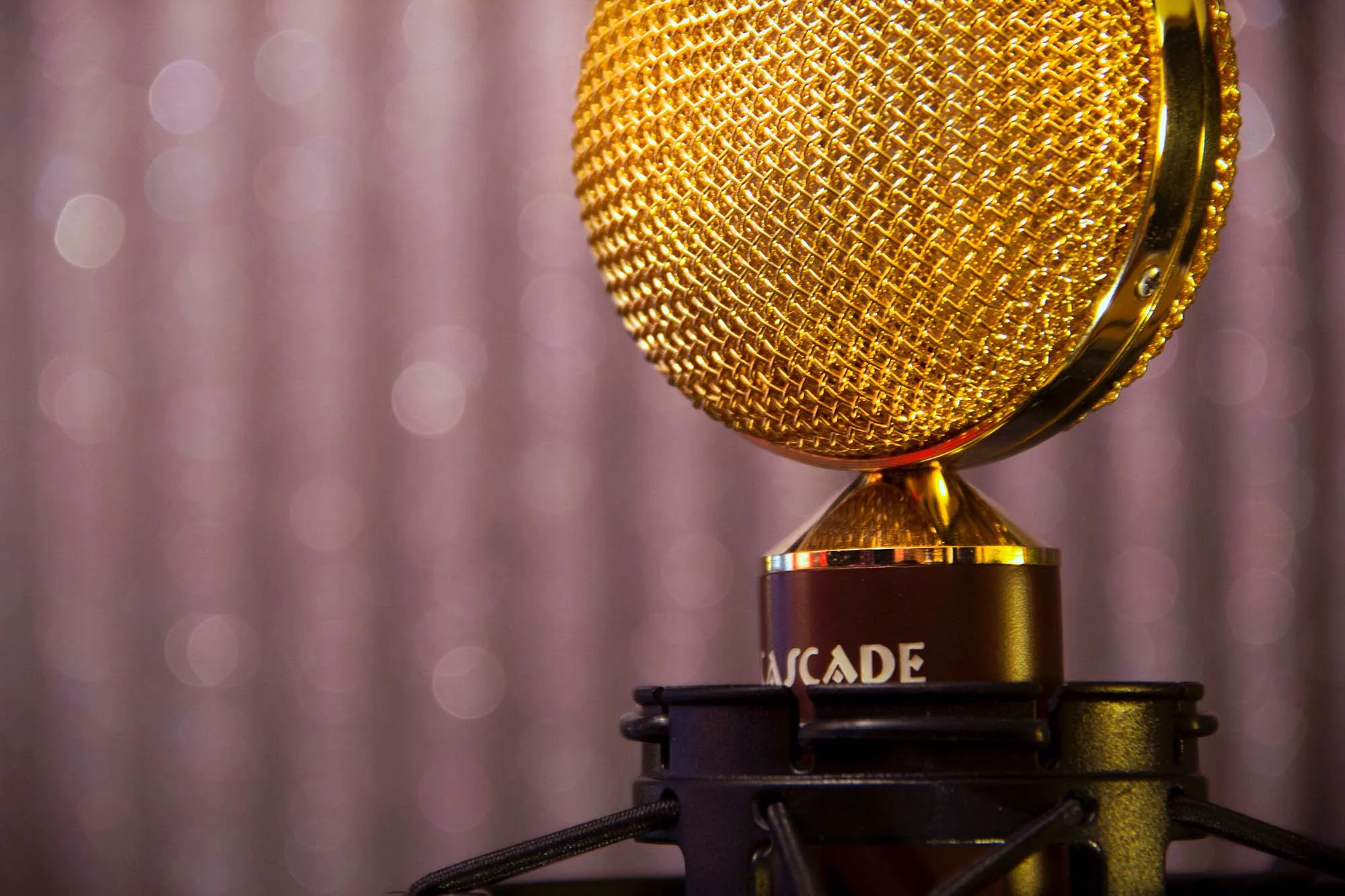I had an interesting session recently for The Small Brain Curds, a four pice band featuring Motown and soul tunes.
They wanted to record a cappella arrangements of a few of their favorites. I thought the best way to approach this with a band that’s most used to playing in a room together is to record it the same way. All live, all at once. When thinking about the best mic technique for this I asked for advice from the great Slau, and of course, he came through with an idea I had never heard of and surely wouldn’t have thought of on my own.
I placed my pair of Cascade Fat Head II ribbons with the stereo bar as if setting up for blumlein in the center of the room. The figure eight patterns of each mic facing (almost) the corners of the room.
(I say almost because we avoid facing the walls to reject reflections but directly pointing them at the corners could have its own problems. So just off from the corners is best)
The performers stand facing each other like an X around the microphone array. Each mic hears two voices, one on each side, and the other two voices are in that mic’s rejection nodes. With careful listening the voices can be balanced by moving closer or farther away from the mics. This allows the performers to hear and see each other easily which is crucial to this sort of recording. Each singer was about 20 to 26 inches from the mic depending on how loud they were which turned out to be far enough to avoid any need for a pop screen and problems with the ribbon’s powerful proximity effect.This technique picks up quite a bit of room sound so I was glad I put so much into good acoustic treatment but I also hung up my blankets and gobos behind the singers to cut out even more.
 Small Brain Curds recording at Railroad Avenue
Small Brain Curds recording at Railroad Avenue
You can see in the picture I placed my Rode NT2 in omni mode in the center of the pattern also. I recorded this to a third track with the idea that I might want to mix in some high end but the Fat Head II’s gave me everything I wanted so the track was muted in the mix.
The simple two tracks made the mix feel more like mastering. Some gentle multiband compression helped to even out the high and low octave voices.
Thanks to Slau for the great technique. Another tool to remember.
A final mix from the session…





